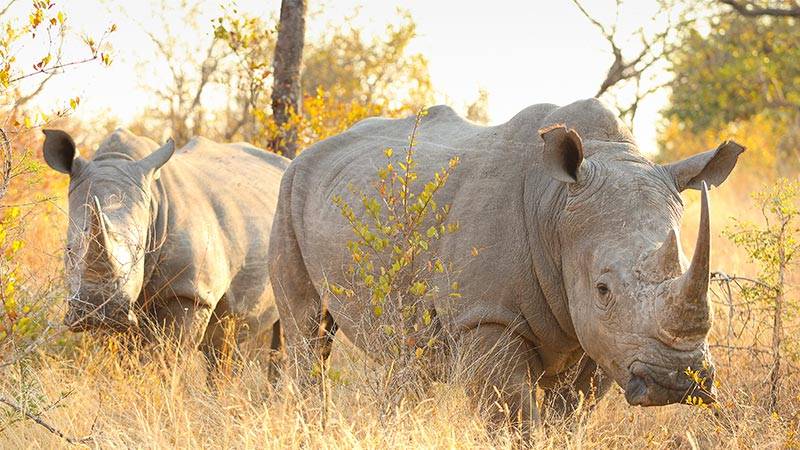Conservation efforts in Kenya have achieved a significant milestone with the successful relocation of 21 eastern black rhinos to the Loisaba Conservancy, a grassy plateau in central Kenya. This move marks the country’s largest rhino relocation initiative, aiming to rejuvenate the area’s ecosystem and provide these critically endangered animals with a new lease on life.The Loisaba Conservancy, which had not seen rhinos for nearly half a century due to poaching, now becomes a beacon of hope for the species’ recovery. The reintroduction of these rhinos, sourced from Nairobi National Park and two other parks, was meticulously planned and executed over 18 days, involving aerial tracking, tranquilizing, and careful transportation to their new habitat.This initiative is a critical step in addressing the challenges faced by rhinos due to overcrowded habitats in their former parks. With their natural preference for solitary living and expansive territories, the relocated rhinos are expected to thrive in the vastness of the 25,000-hectare Loisaba Conservancy. The move is anticipated not only to improve their quality of life but also to enhance their breeding prospects, contributing to the overall goal of increasing the population of black rhinos.
 Kenya has had relative success in reviving its black rhino population, which dipped from around 20,000 in the 1970s to below 300 in the mid-1980s because of poaching, according to conservationists, raising fears that the animals might be wiped out completely in the country. Kenya now has around 1,000 black rhinos, the third biggest population behind South Africa and Namibia.
Kenya has had relative success in reviving its black rhino population, which dipped from around 20,000 in the 1970s to below 300 in the mid-1980s because of poaching, according to conservationists, raising fears that the animals might be wiped out completely in the country. Kenya now has around 1,000 black rhinos, the third biggest population behind South Africa and Namibia.
Kenya’s wildlife authorities have been at the forefront of rhino conservation, employing rigorous strategies to combat the decline caused by relentless poaching during the 1970s and 1980s. From a dire low of below 300 individuals in the mid-1980s, Kenya’s black rhino population has seen a slow but steady increase, with current estimates placing the number at around 1,000. This recovery is significant, positioning Kenya as the third-largest sanctuary for black rhinos globally, following South Africa and Namibia.According to Voice of America, the relocation efforts are part of a broader conservation strategy aimed at doubling Kenya’s black rhino population to 2,000 over the next decade. This ambitious plan reflects Kenya’s commitment to reversing the species’ path towards extinction and ensuring its long-term survival.Past relocation attempts have underscored the complexity and risks involved in such endeavors. A notable tragedy occurred in 2018 when an attempt to relocate 11 rhinos resulted in all the animals dying from complications related to stress, dehydration, starvation, and salt poisoning. This incident led to a reevaluation of relocation protocols, with enhanced measures now in place to ensure the safety and well-being of the rhinos during and after the move.In addition to the black rhino conservation efforts, Kenya remains a critical player in the fight to save the northern white rhino, with the country being home to the last two individuals of this subspecies. Recent scientific advancements have offered a glimmer of hope, with the creation of an embryo in the lab representing a potential breakthrough in efforts to prevent the complete extinction of the northern white rhino.The successful relocation of eastern black rhinos to the Loisaba Conservancy is a testament to Kenya’s dedication to wildlife conservation. It not only represents a significant achievement in the battle against extinction but also serves as a symbol of hope for the future of rhinos in Africa and around the world.
More inspiring green news similar to this:


